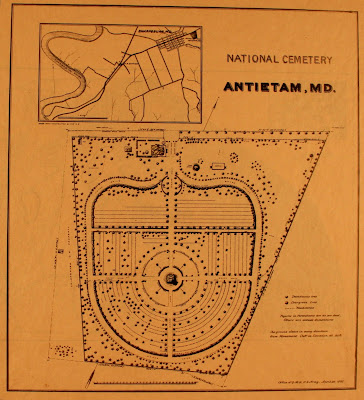Union
Lieutenant General Ulysses S Grant opened his spring campaign on March 29th
1865 by sending Major General Philip Sheridan’s cavalry followed by the Union V
Corps to turn the right flank of Confederate General Robert E Lee’s Petersburg
defenses. Union Major General Gouverneur
K Warren, who commanded the V Corps, moved his troops up the Quaker Road, at
the intersection of the Boydton Plank Road, they ran into Confederate Major
General Bushrod Johnson’s brigade.
Union
Brigadier General Joshua L Chamberlain led the main advance. The Confederates were pushed back into
entrenchments on the White Oak Road.
Confederate Lieutenant General Richard H Anderson ordered two brigades
forward in an attempt the intercept the Union troops. Chamberlain, who was wounded, rallied his men
around an artillery battery, counterattacked and took the Confederate
entrenchments. There were reported
casualties of 370 Confederate and 380 Union.
The Battle
of Lewis’s Farm is also sometimes called Gravelly Road, Military Road of Quaker
Road.


















